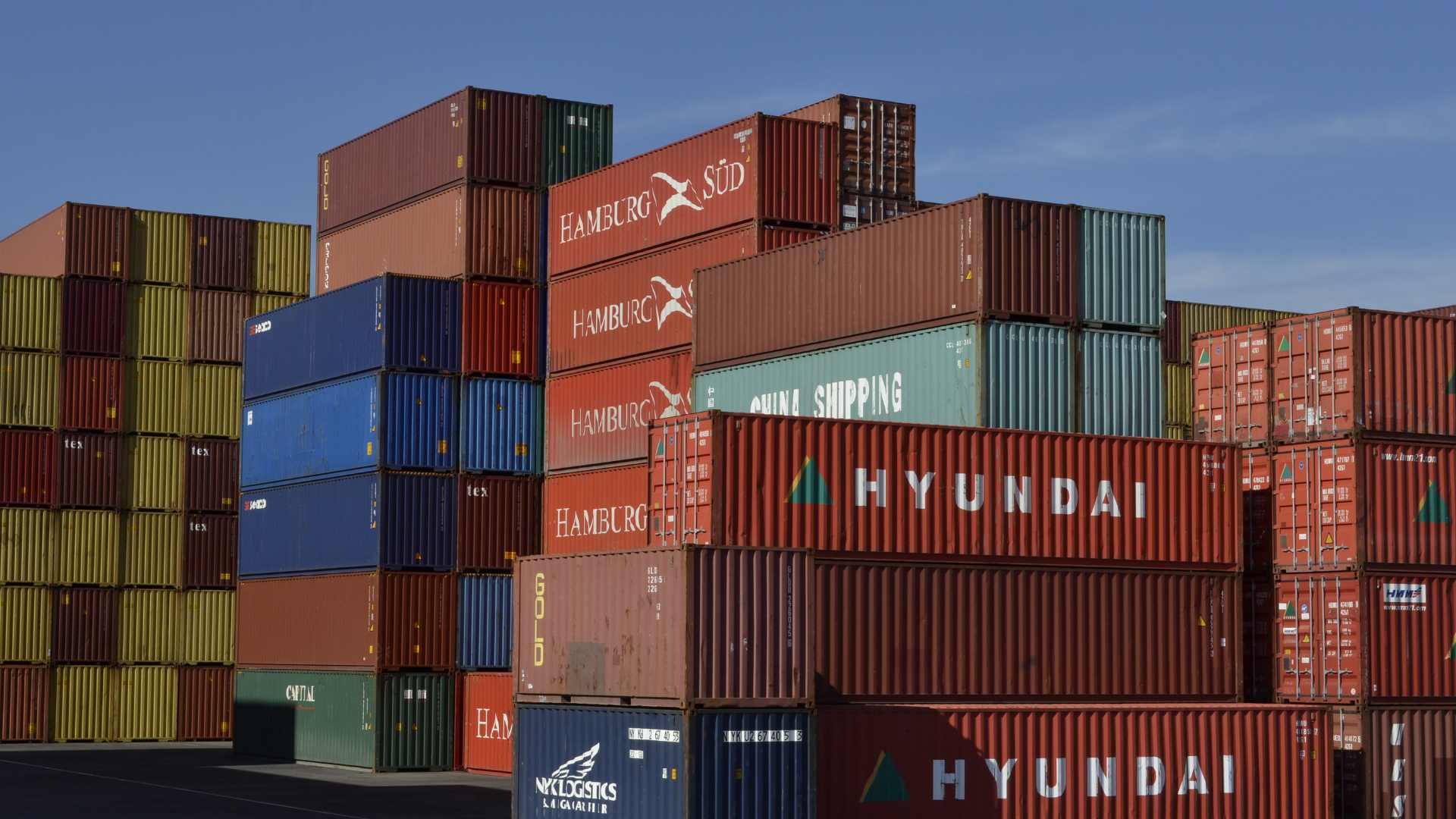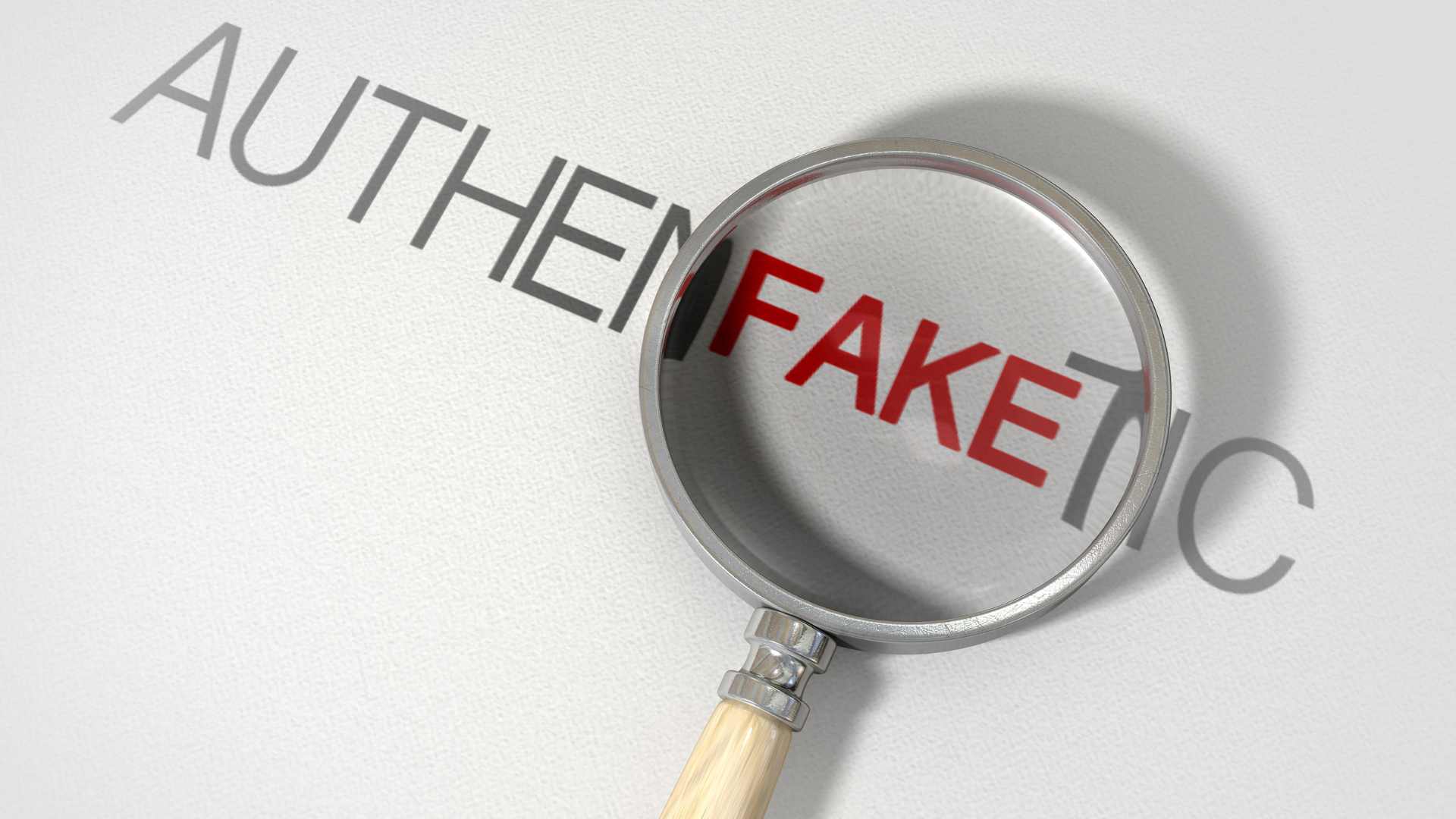How to Plan and Execute a Successful Anti-Counterfeiting Raid

Effectively planning and executing an anti-counterfeiting raid requires meticulous preparation, seamless coordination, and careful follow-up to ensure maximum impact.
Step-by-Step Guide to Plan and Execute a Successful Anti-Counterfeiting Raid
1. Preparation: Building a Strong Foundation
a. Market Surveillance
- Conduct comprehensive market research to identify counterfeit hotspots.
- Use mystery shopping or online monitoring to assess the scale and nature of the counterfeiting.
b. Gather Evidence
- Document the existence of counterfeit products with photos, videos, and receipts.
- Use forensic analysis to authenticate the evidence, ensuring it holds up in court.
c. Legal Readiness
- Collaborate with legal counsel to ensure compliance with local and international intellectual property laws.
- Obtain all necessary permissions, such as search warrants, to avoid legal roadblocks.
d. Assemble a Multidisciplinary Team
- Include brand representatives, legal experts, law enforcement, and technology specialists.
- Train the team on raid protocols, evidence handling, and counterfeit identification.
2. Coordination: Ensuring Seamless Execution

a. Partner with Law Enforcement
- Build trust and collaboration with local authorities for effective operations.
- Provide law enforcement with training on identifying counterfeits.
b. Plan the Operation
- Set clear objectives, timelines, and roles for each team member.
- Map the raid site using digital tools or physical reconnaissance to minimize surprises.
c. Use Technology
- Leverage AI tools and analytics to predict counterfeit movement and pinpoint hotspots.
- Use real-time communication tools to coordinate the team during the raid.
3. Execution: Conducting the Raid
a. Entry and Control
- Ensure a swift entry to prevent suspects from escaping or destroying evidence.
- Secure the premises and isolate counterfeit goods from genuine ones.
b. Evidence Collection
- Document seized items thoroughly, including detailed photos, descriptions, and serial numbers.
- Collect packaging materials, equipment, and any documentation linking suspects to counterfeiting operations.
c. Ensure Safety
- Follow safety protocols to protect team members and prevent hazards, especially when dealing with chemicals or hazardous materials.
4. Post-Raid Actions: Maximizing Impact

- Review confiscated items for insights into the counterfeiting network and supply chain vulnerabilities.
b. Strengthen Internal Protocols
- Address weaknesses in your supply chain identified during the operation.
c. Consumer Awareness
- Publicize the raid to educate consumers about counterfeits and build trust in your brand.
d. Legal Follow-Up
- Work with legal teams to prosecute offenders and claim damages if applicable.
Best Practices for Success
- Maintain Confidentiality: Prevent tip-offs to counterfeiters by keeping raid plans strictly confidential.
- Document Everything: Ensure all actions, evidence, and communication during the raid are well-documented.
- Evaluate and Iterate: After the raid, conduct a debrief to identify what worked well and areas for improvement.
Following these steps can effectively dismantle counterfeit networks, protect brand integrity, and build consumer trust.
Interested to learn more about anti-counterfeiting raids? Get in touch with us today and secure your brand across online and offline markets globally.
FAQs
Who is involved in planning an anti-counterfeiting raid?
Key stakeholders include brand representatives, legal teams, law enforcement agencies, private investigators, and sometimes forensic experts. Collaboration ensures the raid is legally compliant and effectively executed.What are the steps to execute a successful anti-counterfeiting raid?
- Preparation: Gather intelligence, conduct surveillance, and secure legal permissions.
- Coordination: Collaborate with law enforcement and ensure all stakeholders are aligned.
- Execution: Conduct the raid, seize counterfeit goods, and collect evidence.
- Post-Raid Actions: Analyse findings, strengthen protocols, and publicize results to deter future counterfeiting.
What challenges are commonly faced during raids?
- Counterfeiters may destroy evidence or flee during a raid. Legal complexities, lack of coordination among stakeholders, and public relations risks are other common challenges.
How can technology aid in anti-counterfeiting raids?
- Technologies like AI and data analytics help identify counterfeit networks and hotspots. Tools like blockchain and track-and-trace systems ensure supply chain transparency, making it easier to pinpoint counterfeit origins.
What industries are most affected by counterfeiting?
- Industries like pharmaceuticals, luxury goods, electronics, FMCG, and agrochemicals are among the most affected due to the high demand for their products and the lucrative market for counterfeits.
How do post-raid actions ensure long-term impact?
- Post-raid actions include consumer awareness campaigns, supply chain audits, and legal follow-ups against offenders. These measures strengthen deterrence and safeguard the brand from recurring threats.
What legal considerations should be addressed before a raid?
- Securing the appropriate permissions and warrants, ensuring compliance with local laws, and working closely with intellectual property (IP) law experts are crucial for a legally sound raid.
How can brands prepare for raids without risking negative publicity?
- Transparent communication with stakeholders and media, coupled with a focus on consumer safety and brand protection, can help frame raids positively.
Why are anti-counterfeiting raids essential for brands?
- Raids help protect brand reputation, prevent revenue loss, safeguard consumers from harmful products, and deter counterfeiters from operating in the market. They are a critical component of a robust brand protection strategy.
